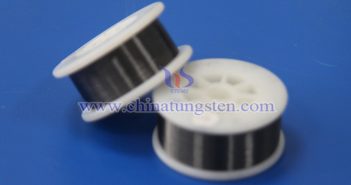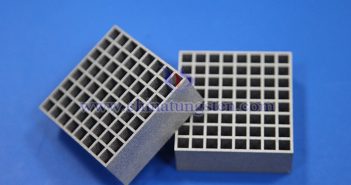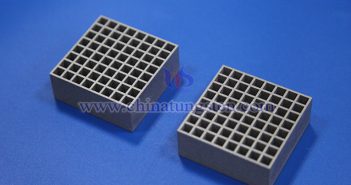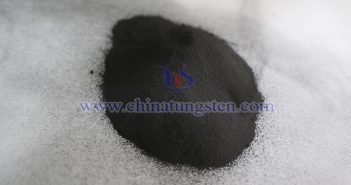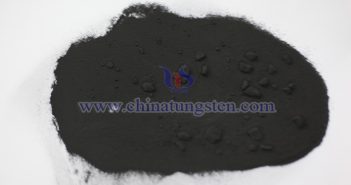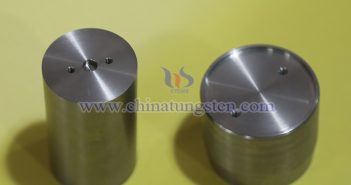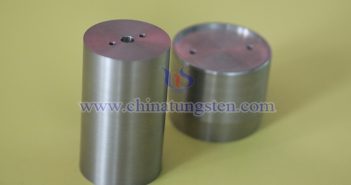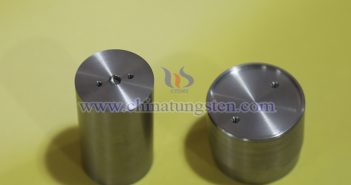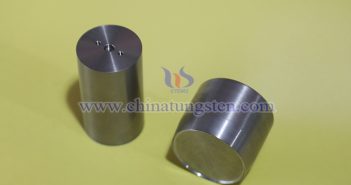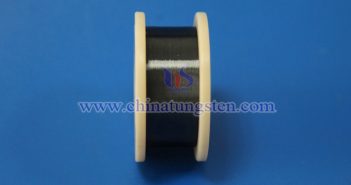
The application of tungsten wire light-emitting in incandescent light bulbs is primarily based on its high melting point and excellent thermal radiation properties. The following is a brief description of its specific applications and principles: 1. Tungsten Wire Lighting Principle Tungsten wire, the core light-emitting element of an incandescent light bulb, emits visible light and thermal radiation when heated to a high temperature (typically 2000-2800°C) by an electric current. This phenomenon is based on the principle of thermal radiation: the…

